Your last assumption is correct. The dot indicates where the pointer value is, the whole double box the arrow is pointing at is the target. It doesn't matter if it's pointing on the side, top middle, top left or top right. It's the whole pair that is the "address" of the object.
You can't point to a part of an object without accessing its part with car and cdr. The second you do that you have whatever it was pointed to and not a indirect pointer. (car '(a b)) ; ==> a and a doesn't have any essence of the list that still is pointing to it until it is garbage collected.
We could illustrate it like this instead:
[=#1|#3|#2]
[=#2|#3|()]
[=#3|a |#4]
[=#4|b |()]
The first value with =# is the location of the box itself, while the next two are car and cdr. Above, x points to the address #3 and z1 to #1. Let's make z2
[=#5|#6|#8]
[=#6|a |#7]
[=#7|b |()]
[=#8|#9|()]
[=#9|a |#10]
[=#10|b |()]
As you can see, z2 uses two more cons than z1 since it doesn't reuse the same object as both elements of its list, but uses individual similar-looking lists.
In the drawings, both car and cdr of z1 point to the same list x. z2 points to two different lists, but the elements in those lists are the same.
The reason for this is that symbols are singletons. Thus, you only have one symbol object for a and evaluating 'a in two different places will both point to the same a. Other singletons are #f, #t and ()
cons always creates a fresh pair and list is just a procedure that cons together the arguments. Thus the same code (list 'a 'b) two places in the expression makes two different objects that just look the same.
(eq? (car z1) (cdr z1)) ; ==> #t same object
(eq? (car z2) (cdr z2)) ; ==> #f not same object
(equal? (car z2) (cdr z2)) ; ==> #t they look the same, but they are not the same. (created at different places)
Quoted data can be seen as created all at once before the program starts. Thus this is undefined.
(eq? '(a b) '(a b)) ; ==> #t or #f (undefined)
(eq? '(b c) (cdr '(a b c))) ; ==> #t or #f (undefined)
The reason is that Scheme is allowed, but not obligated, to reuse data the same way as with the structure z1.


